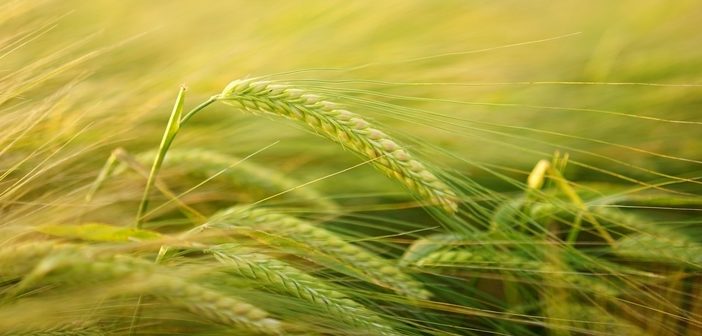Following a varied winter and worries of more severe weather to come, now is a good time to review cereal crop performance and give them a boost with a biostimulant going into spring.
David Newton, product manager at Timac Agro, explains as the temperatures warm, crops will be starting to grow and will need all the help they can get to meet yield potentials.
“At this time of year, crops are at a critical growth stage and they are coming into a period where they will be setting yield. So, it’s essential they’re given everything they need to achieve their optimum yield,” he says.
“Cereal crops on the whole have established well this year, as early autumn conditions were generally good. Therefore, it’s worth investing in the crop to make sure it maintains performance going into spring.”
David advises growers monitor crops for any yellowing or obvious nutritional deficiencies.
“It’s also a good time to look at tiller numbers to see if the crops are where they should be.

David Newton
“According to the AHDB winter wheat guide, the benchmark maximum for a late September to early October-sown winter wheat crops with 260 plants/m2 is 1,020 shoots/m2.”
If any crop is found to be lagging behind, David recommends using biostimulants to resolve the issues.
“Applying a biostimulant, such as Fertiactyl Starter and Fertileader Vital, at the end of February to early March will help to reinforce the plant against any adverse spring weather or other stress factors such as herbicide applications,” he says.
“These biostimulants can help crops prepare for the spring as they stimulate root growth, boost photosynthesis and improve overall plant vigour.
“The humic and fulvic acids in Fertiactyl Starter help to make nutrition in the soil more readily available for plant roots to scavenge,” says David.
To help save time and travelling David suggests applying biostimulants with your liquid fertiliser or early fungicides.
“Applying with a liquid fertiliser is ideal as the biostimulant can help with uptake of these nutrients. It’s especially important when applying nitrogen with early applications as it can improve nitrogen use efficiency (NUE),” adds David.
“Farmers today have to deal with a variety of challenges posed by the climate, moisture and the soil, so anything that can help achieve the full potential out of a crop should be actively considered.”




